Kia Ceed Sportswagon vs Peugeot 408 – Which model is better for everyday use?
Compare performance, boot capacity, efficiency and price at a glance.
Find out which car is the better choice for you – Kia Ceed Sportswagon or Peugeot 408?
Costs and Efficiency:
When it comes to price and running costs, the biggest differences usually appear. This is often where you see which car fits your budget better in the long run.
Kia Ceed Sportswagon has a significantly advantage in terms of price – it starts at 24300 £, while the Peugeot 408 costs 35100 £. That’s a price difference of around 10783 £.
Fuel consumption also shows a difference: Peugeot 408 manages with 0.90 L and is therefore significantly more efficient than the Kia Ceed Sportswagon with 6 L. The difference is about 5.10 L per 100 km.
Engine and Performance:
Power, torque and acceleration say a lot about how a car feels on the road. This is where you see which model delivers more driving dynamics.
When it comes to engine power, the Peugeot 408 has a evident edge – offering 225 HP compared to 140 HP. That’s roughly 85 HP more horsepower.
In acceleration from 0 to 100 km/h, the Peugeot 408 is distinct quicker – completing the sprint in 7.20 s, while the Kia Ceed Sportswagon takes 9.70 s. That’s about 2.50 s faster.
In terms of top speed, the Peugeot 408 performs somewhat better – reaching 233 km/h, while the Kia Ceed Sportswagon tops out at 197 km/h. The difference is around 36 km/h.
There’s also a difference in torque: Peugeot 408 pulls distinct stronger with 360 Nm compared to 253 Nm. That’s about 107 Nm difference.
Space and Everyday Use:
Whether family car or daily driver – which one offers more room, flexibility and comfort?
Both vehicles offer seating for 5 people.
In curb weight, Kia Ceed Sportswagon is to a small extent lighter – 1335 kg compared to 1544 kg. The difference is around 209 kg.
In terms of boot space, the Kia Ceed Sportswagon offers a bit more room – 625 L compared to 536 L. That’s a difference of about 89 L.
In maximum load capacity, the Kia Ceed Sportswagon performs barely noticeable better – up to 1694 L, which is about 111 L more than the Peugeot 408.
When it comes to payload, Kia Ceed Sportswagon barely noticeable takes the win – 485 kg compared to 456 kg. That’s a difference of about 29 kg.
Who wins the race?
The Peugeot 408 proves to be dominates this comparison and therefore becomes our DriveDuel Champion!
Peugeot 408 is the better all-rounder in this comparison.
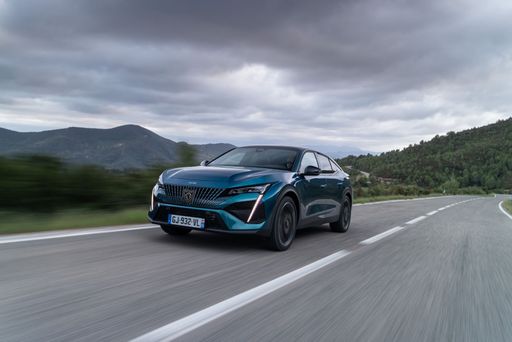
Peugeot 408
Kia Ceed Sportswagon
The Kia Ceed Sportswagon is a versatile estate car that combines practicality with a touch of elegance. It offers a spacious interior, making it ideal for families or those with an active lifestyle. The vehicle's sleek design and advanced features make it a strong contender in the competitive estate car market.
details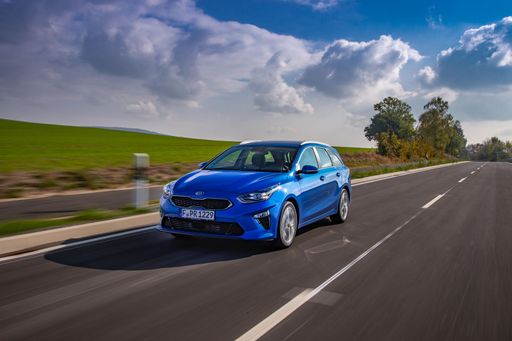 @ press.kia.com
@ press.kia.com
 @ press.kia.com
@ press.kia.com
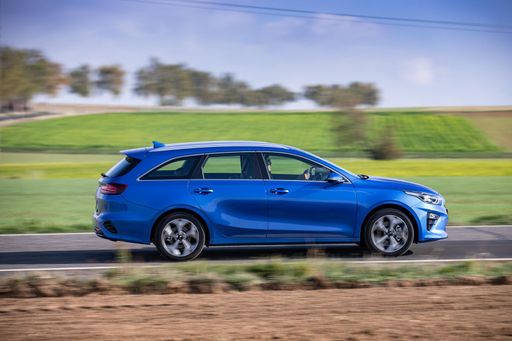 @ press.kia.com
@ press.kia.com
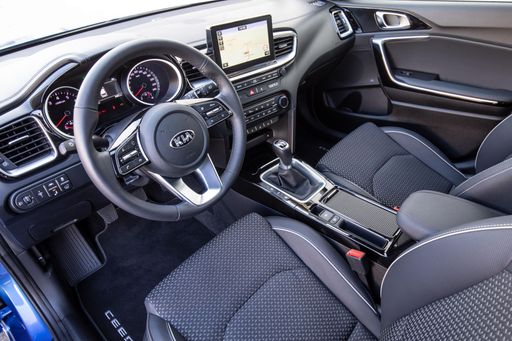 @ press.kia.com
@ press.kia.com
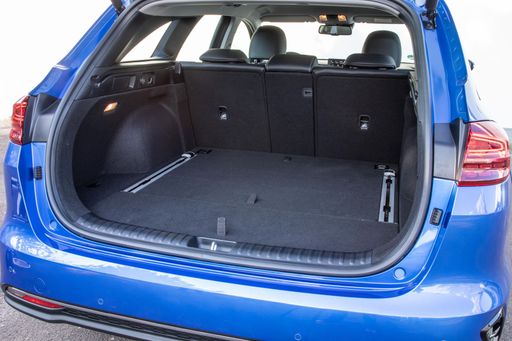 @ press.kia.com
@ press.kia.com
Peugeot 408
The Peugeot 408 captivates with its sleek and dynamic design, setting it apart in the competitive crossover market. Its interior offers a perfect blend of comfort and cutting-edge technology, creating an enjoyable driving experience. The model's efficient performance and modern features make it a compelling choice for those seeking both style and functionality in their vehicles.
details @ media.stellantis.com
@ media.stellantis.com
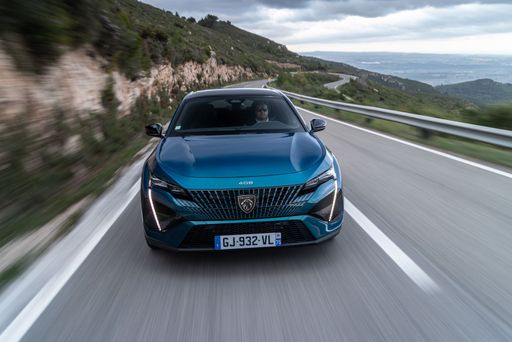 @ media.stellantis.com
@ media.stellantis.com
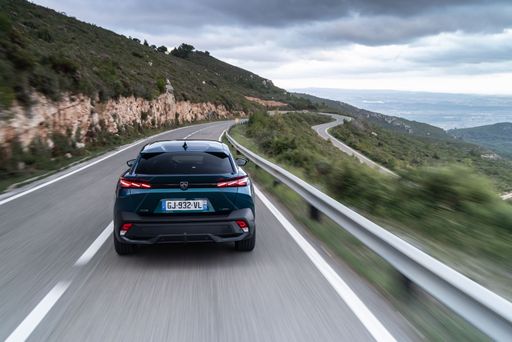 @ media.stellantis.com
@ media.stellantis.com
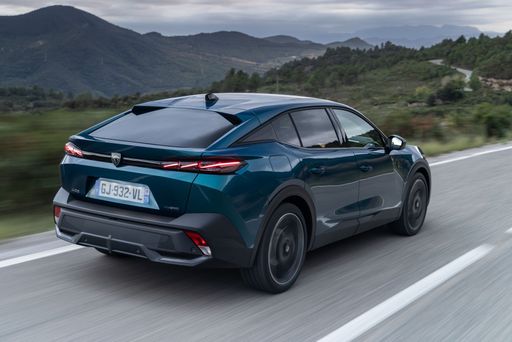 @ media.stellantis.com
@ media.stellantis.com
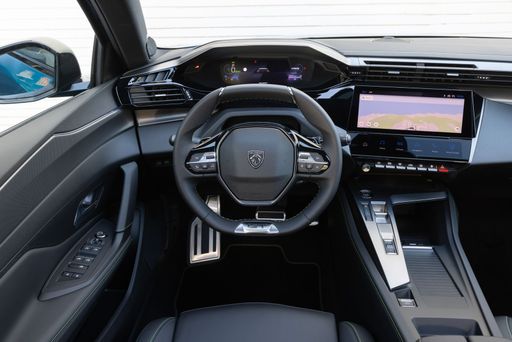 @ media.stellantis.com
@ media.stellantis.com

|

|
|
|
|
Costs and Consumption |
|
|---|---|
|
Price
24300 - 29100 £
|
Price
35100 - 44400 £
|
|
Consumption L/100km
6 - 6.4 L
|
Consumption L/100km
0.9 - 5.1 L
|
|
Consumption kWh/100km
-
|
Consumption kWh/100km
15.10 kWh
|
|
Electric Range
-
|
Electric Range
77 - 453 km
|
|
Battery Capacity
-
|
Battery Capacity
58.20 kWh
|
|
co2
137 - 146 g/km
|
co2
0 - 114 g/km
|
|
Fuel tank capacity
50 L
|
Fuel tank capacity
42 - 52 L
|
Dimensions and Body |
|
|---|---|
|
Body Type
Estate
|
Body Type
SUV
|
|
Seats
5
|
Seats
5
|
|
Doors
5
|
Doors
5
|
|
Curb weight
1335 - 1437 kg
|
Curb weight
1544 - 1879 kg
|
|
Trunk capacity
512 - 625 L
|
Trunk capacity
471 - 536 L
|
|
Length
4605 mm
|
Length
4687 mm
|
|
Width
1800 mm
|
Width
1848 mm
|
|
Height
1422 - 1465 mm
|
Height
1478 mm
|
|
Max trunk capacity
1545 - 1694 L
|
Max trunk capacity
1528 - 1583 L
|
|
Payload
455 - 485 kg
|
Payload
371 - 456 kg
|
Engine and Performance |
|
|---|---|
|
Engine Type
Petrol, Petrol MHEV
|
Engine Type
Electric, Petrol MHEV, Plugin Hybrid
|
|
Transmission
Automatic, Manuel
|
Transmission
Automatic
|
|
Transmission Detail
Dual-Clutch Automatic, Manual Gearbox
|
Transmission Detail
Dual-Clutch Automatic
|
|
Drive Type
Front-Wheel Drive
|
Drive Type
Front-Wheel Drive
|
|
Power HP
100 - 140 HP
|
Power HP
145 - 225 HP
|
|
Acceleration 0-100km/h
9.7 - 13.5 s
|
Acceleration 0-100km/h
7.2 - 9.4 s
|
|
Max Speed
178 - 197 km/h
|
Max Speed
160 - 233 km/h
|
|
Torque
172 - 253 Nm
|
Torque
230 - 360 Nm
|
|
Number of Cylinders
3 - 4
|
Number of Cylinders
4
|
|
Power kW
74 - 103 kW
|
Power kW
107 - 165 kW
|
|
Engine capacity
998 - 1482 cm3
|
Engine capacity
1199 - 1598 cm3
|
General |
|
|---|---|
|
Model Year
2024
|
Model Year
2024 - 2025
|
|
CO2 Efficiency Class
E
|
CO2 Efficiency Class
A, C, B
|
|
Brand
Kia
|
Brand
Peugeot
|
Is the Kia Ceed Sportswagon offered with different drivetrains?
The Kia Ceed Sportswagon is available as Front-Wheel Drive.
The prices and data displayed are estimates based on German list prices and may vary by country. This information is not legally binding.
